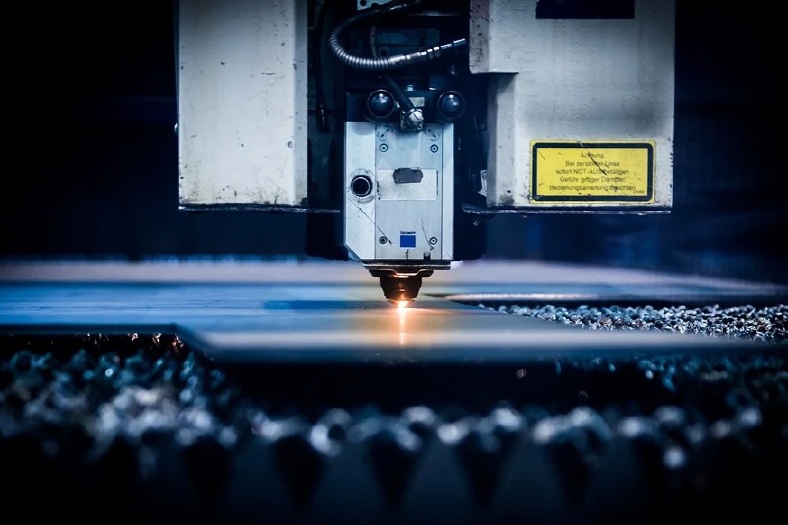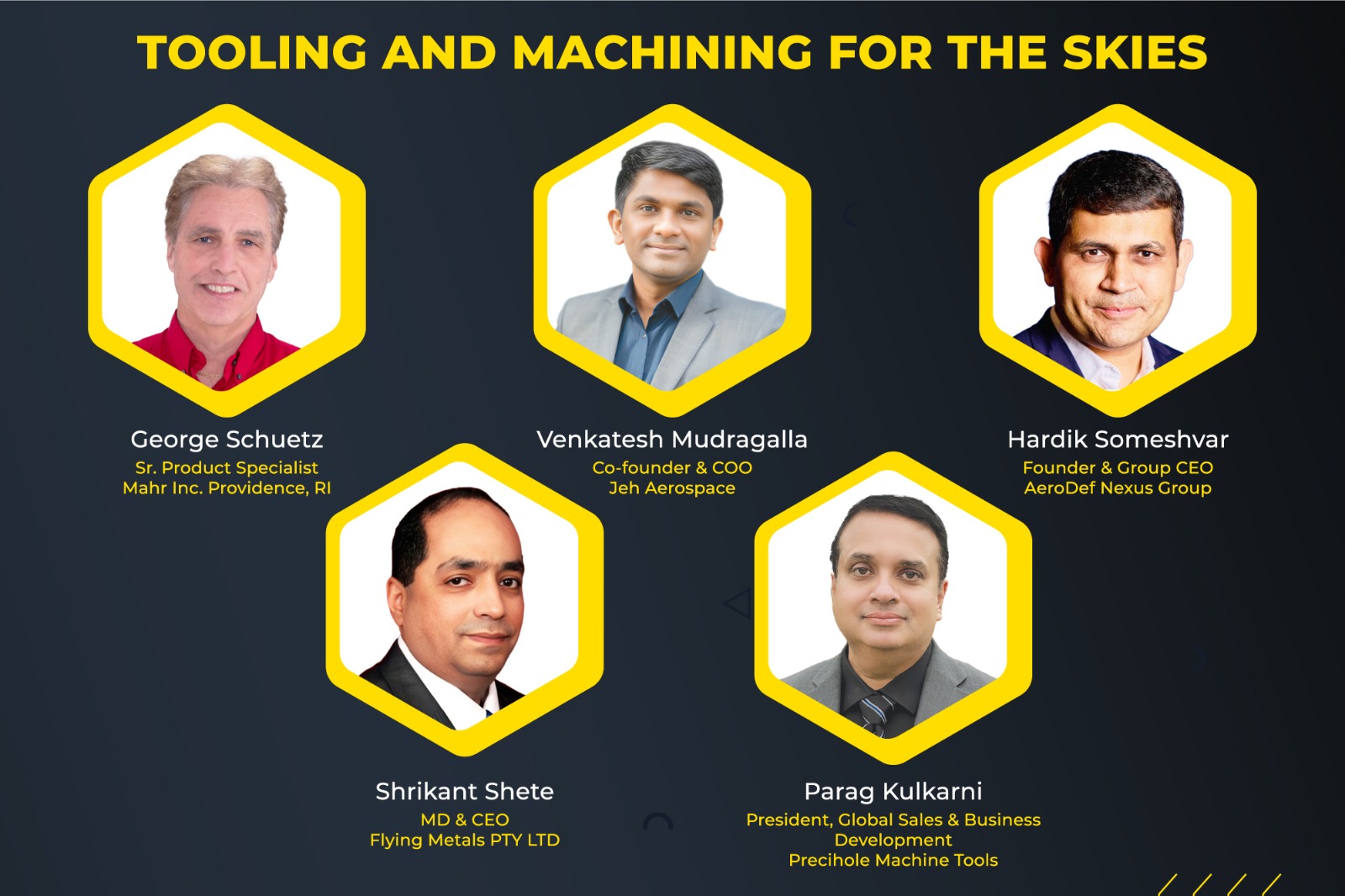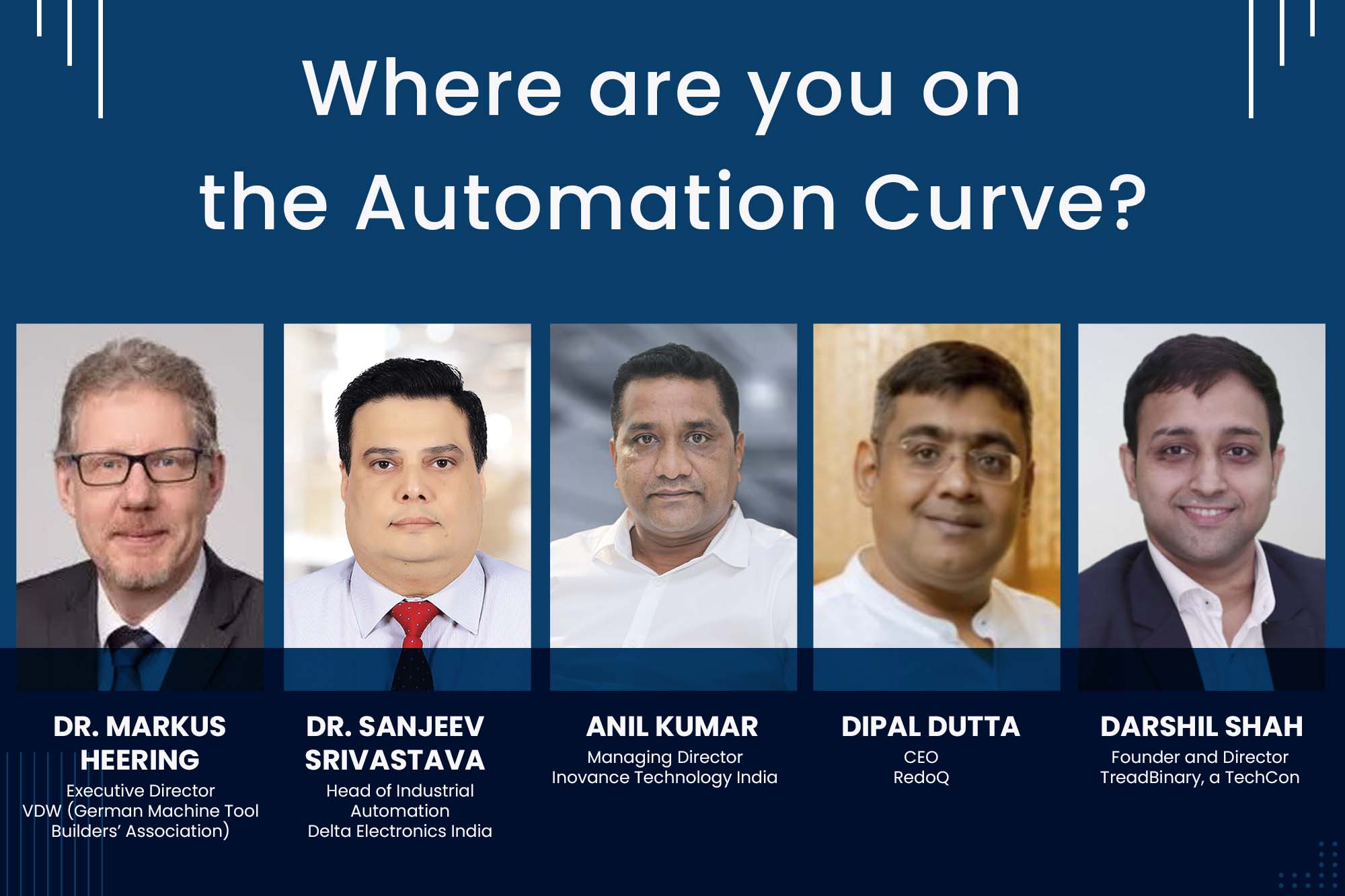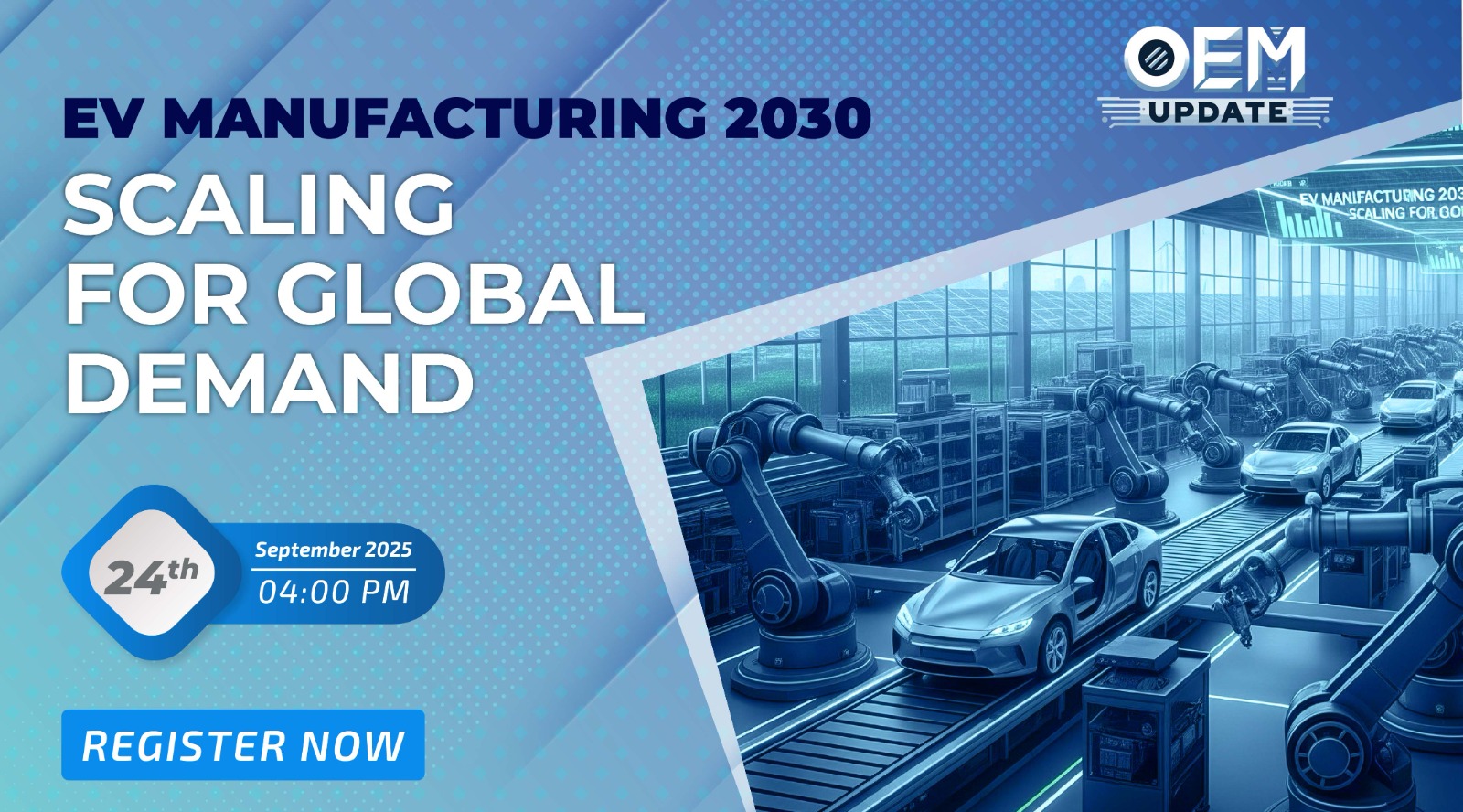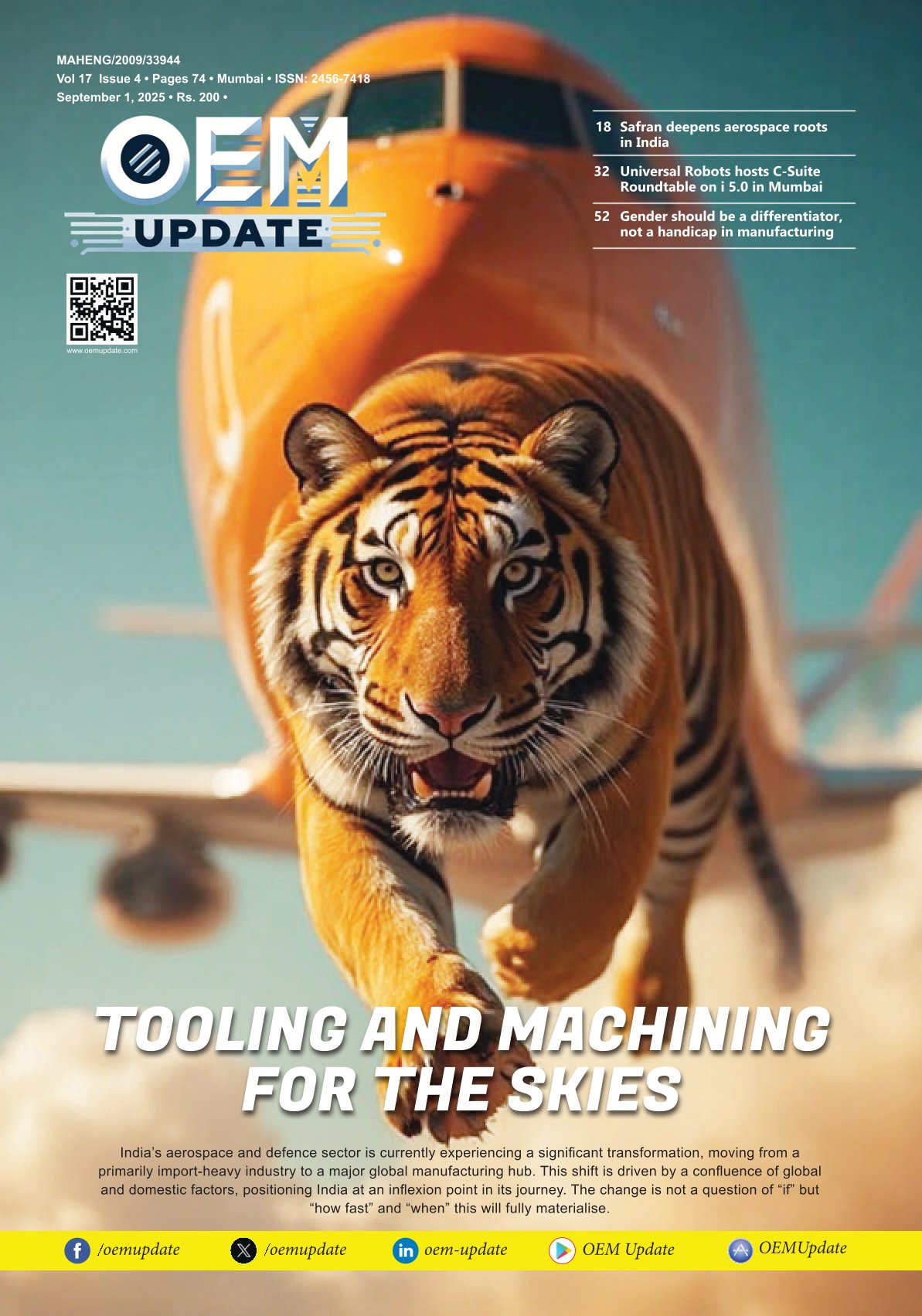EMERGING POTENTIALS IN SHEET METAL FABRICATION
By OEM Update Editorial May 4, 2021 2:16 pm IST
Industry experts from sheet metal fabrication and forming sector discuss the market trends existing challenges in the sheet metal industry, technological interventions and industries Road to Recovery by 2021.
Metal forming and fabrication has a significant role to play, especially towards the production of manufactured goods. It further went through several changes in the recent years. And with the advances in the production processes, changes in consumers, especially those who are looking to switch their business goals. Also, observing at the increasing opportunities in the sector, we foresee an exceptional growth in this sector.
According to Avinash Khare, Consulting Head, IMTMA Pune Technology Centre, Indian industries are yet to realise the actual potentials of sheet metal forming and fabrication. “Few years ago, I was fortunate enough to be a part of the euroBLEACH, one of the world’s leading sheet metal forming shows, that happens in Hannover, where I observed that out of 1481 stalls in that global forming show, India had not more than four stalls. That made me realise that how much we are lagging behind as a nation, and as an industry we are yet to explore and flourish the sheet metal sector in India. Nations which are given undue emphasis to B-School culture in industry, day to day working, they have got their core technologies killed including sheet metal forming.
Interestingly, only 5 percent of the world’s domain for sheet metal forming comes from Indian industries. So, definitely there is scope for us to attain expertise in this field, and from a user perspective, we have been starving our equipment industry. So I think its time we probably should move from frugality to prudence. So, if you see the segment, device equipment wise, the section is primarily dominated by forming machines and stamping presses.
Automated inspection systems and optical measuring systems
In automated inspecting systems, we need to look into four things main things – inline systems, outline systems offline systems and surface inspection system. In the inline systems, we have machines to analyse the underbody from automotive industry that comes on a conveyor having some fixed sensors to identify its position and provide a feedback to the robots and the sensors mounted on the robot to initiate the inspection processes. As per preprogramming, it will look for the entire slots, studs, bolts or whatever features you are looking for. We have several sensors for the automated inspecting systems, and when we talk about sheet metal inspection, we have AI MAX sensor, is very popular in sheet metal industry and MX Cloud Sensor for fabrication. These applications are more intricate with new AI cell press. These are generally used to access and analyse long distance working parameter, which requires long working distance.
“Also, we have twin sensors specially designed for identifying gap between two sheet metal and in transparent material, a sheet metal like headlamp and hood; these are the popular automated sensors for the sheet metal forming and fabrication industry”, says Uday Dixit, Product Sales Manager for IQS Portfolio, ZEISS Industrial Metrology.
Further explaining inline and outline systems, Uday adds, Inline systems are installed next to a conveyor for 100 percent inspection having very good process control at lengthy system. We can put a simple picture in front of a robot in which a sensor is mounted and you can have inspection in two or three lines. The biggest advantage of this outline system is to get away from the traditional method of using checking fixtures. These fixtures usually aren’t maintained in a good shape because they are in huge quantities. Here, automated systems can replace it completely and accommodate new panels by modifying the route program. This will not just save the maintenance cost for the inventory, but help us attain traceable solutions in a digital format.
Moving on to offline inspection, we refer to this as an inspection on CMM coordinate measuring machine or horizontal measuring machine, which are most reliable and more accurate inspection system but when you take a complete body-in-white (BIW) to horizontal arm measuring machine, it takes about four to five hours to change the whole model in how do we save this time.
For this, we have the new DCS sensors where a laser sensor is mounted to access the entire flexibility of its difficult parts and get a reading from its underbody. This actually saves almost 85 percent of the total time. Which means, the process that used four to five hours will now be completed within an hour. With this, we are able to save almost 85 percent of the time. So, from four to five hours we can go down to less than an hour. “To summarise, we at ZEISS, have a solution for the automated inspection at every stage and we can we can design the solution as per the customer’s requirement”, adds Uday
Fiber laser machines for sheet metal processes
Cutting process is an essential aspect of industrial processes, where a metal right from 06 mm to 50 mm thickness can be cut in the form of plates, bars slabs and the others. The entire process is primarily done by thermal cutting technology to cut it into bits and pieces and make it further usable. “The entire cutting process was earlier made by Oxyfuel and plasma cutting, but now we have laser cutting systems and laser machines to being more dynamics to precision. laser, the thickness can be defined up to 25 mm”, explains Ravichandran Duraiswamy, Sr. Manager – Laser and Special Machines, Messer Cutting Systems Pvt. Ltd. Today, the industry is looking at fast production technologies, precise operations with no post process operations. So, if you are looking for high precision in cutting of metal or sheet metal plates, laser is the best option.
Messer was the first company to make a laser cutting machine way back in 1970 and for some reason, our management then went ahead with laser, has become a part of their day-to-day activities and processes for metal cutting. Moreover, with laser we have successfully added newer technologies and sub products to our profile that allowed us to develop our state-of-the-art machines that has the ability to cut materials up to 30 mm thickness of iron, stainless steel or any metal.
“We, at Messer have machines which cater to the plasma industry, and the laser product, which is also a key factor that influence the cost of cutting. So, when you consider the entire cutting cost variables, laser machines and laser technology has the maximum cost saving capacity especially in terms of consuming energy, gas, materials and maintenance cost”, explains Ravichandran.
Data communication systems for manufacturing and sheet metal industry
Telecoms have become an integral part of communication systems, and hence a vital aspect for industrial communication and operations. We will discuss the relevant products for the manufacturing industry, metallurgy or sheet metal fabrication industry. They are subscribing our communication services for their requirements.
Talking about the technologies, Sridhar Ramamoorthy, Senior Manager for SME Cluster Sales, TATA TELE Business Services, says that automation has become one of the major industries. Automation talks about IoT (Internet of Things), containing software and latest technologies connected to the internet. They act as a source of connecting tools for deployment of automation or any technology for remote control operations. And today the entire world is working from home and are away from offices. Even the manufacturing facilities are located in the city’s outskirts where reachability and traceability are still a concern. Here, the communication systems and the VPN network systems with a huge bandwidth internet service comes into the picture to make the communication easier and more feasible to meet the process deadline and requirements, that too in a cost-effective ratio.
Today, every industry is talking about automation, AI and are deploying lot of latest technology and call it as smart manufacturing, including the sheet metal forming and fabrication processes. definitely a part of it. So, and our services and products pertaining to data and communication systems including the VPN networks, are highly relevant to the industry.Technology in shaping sheet metal industry’s future
The entire automotive industry is slowly moving away from conventional measurement system to automated measurement system. Also, the new robot bed inspection system is being considered and installed; especially all the new and upcoming lines are definitely planned for the automated inspection system. This is mainly because of the awareness amongst the users and customers, though the impacts of awareness towards the surface inspection system is slow but it can be seen. “Of course, investments are there but the primary issue is still the reasonable rates of the man hour, because of that we still see some reluctance in adopting automation. Moreover, I think it’s time for OEMs to shift towards automated systems”, says Uday.
Avinash on the other hand, talks about the technological disruption in the manufacturing and engineering industry. Sheet metal forming and fabrication accounts for almost 40 percent of the manufacturing and engineering sector. The market prospects depend on the GDP, the growth of automotive, aerospace, furniture and other industries. To be more specific, the automotive industry has been slowed down for more than a decade as the markets are saturated and they are not finding ways to prosper. Neither are they able to utilise their entire capacity.
Second vital point to consider is the unavailability of sufficient infrastructure to accommodate more transport vehicles. Another important factor is the pandemic; off late most of the workplaces are operating from home. This has further abridged the automobile demand. So, the onground demand is changing drastically.
There is an increasing threat from the composite and plastic sector, which is replacing sheet metal in automotive. “But since sheet metal has its own merits and advantages, we expect it to gain traction by embedding technologies to the processes. We, as a country and as an industry cannot remain frugal. And yes, sheet metal has its own merits”, explains Avinash. We must leverage newer technologies because, technological factors will be creating huge impact to the growth of sheet metal industry.
The way forward
There are many new technologies on the horizon which are still in incubation and stage. These technologies are temporarily available for some premium products and are limited to only a few suppliers at monopoly. “There are indications that people are looking for another wider options to jump into another segments; and here technology will be the game-changer. And yes, so new technology will change the game”, explains Avinash.
“I see a great future for sheet metal business. Although the automotive business is shifting towards EVs and other battery-based services, demand for sheet metal forming and fabrication will remain to be at its peak. So, people will expect more and more automation with quality output in all products”, mentions Uday.
Looking at the present trends and the demand for laser cutting machines and laser technologies, I think high-powered laser machines will be carving the future of sheet metal forming and fabrication industry. “Latest technological additions to the casket will further increase the volumes of production with high precision and acute dimensions. Moreover, laser and plasma cutting together will add more volumes to the businesses due to its cost efficiency and minimum time to deliver capabilities”, Ravichandran conclude.
—
”If you are looking for high precision in cutting of metal or sheet metal plates, laser is the best option.” – Ravichandran Duraiswamy, Sr. Manager – Laser and Special Machines, Messer Cutting Systems Pvt. Ltd
—
”Leveraging newer technologies will enhance the growth prospects of sheet metal forming and fabrication industry.” – Avinash Khare, Consulting Head, IMTMA Pune Technology Centre
—
”Specially designed communication systems can enhance press communication for operation in sheet metal forming and fabrication.” – Sridhar Ramamoorthy, Senior Manager – SME Cluster Sales, TATA TELE Business Services
—
”ZEISS provides solution for automated inspection at every stage and we can we can design the solution as per the customer’s requirement. ” – Uday Dixit, Product Sales Manager – IQS Portfolio, ZEISS Industrial Metrology
Cookie Consent
We use cookies to personalize your experience. By continuing to visit this website you agree to our Terms & Conditions, Privacy Policy and Cookie Policy.



